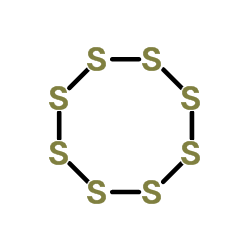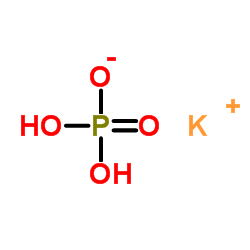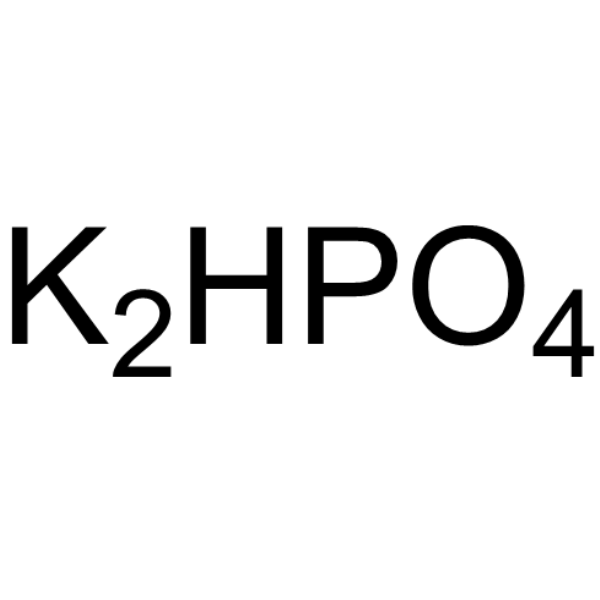| Structure | Name/CAS No. | Articles |
|---|---|---|
 |
sodium carbonate
CAS:497-19-8 |
|
 |
Sulfur
CAS:7704-34-9 |
|
 |
sulfur-32
CAS:13981-57-2 |
|
 |
Monopotassium phosphate
CAS:7778-77-0 |
|
 |
Di-potassium monohydrogen phosphate
CAS:7758-11-4 |
|
 |
Ammonium Chloride
CAS:12125-02-9 |